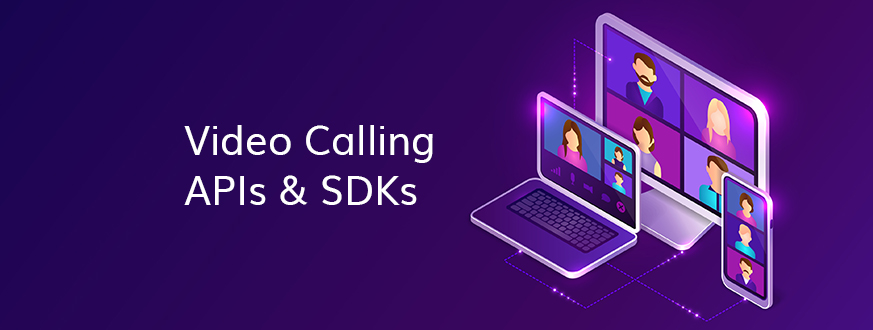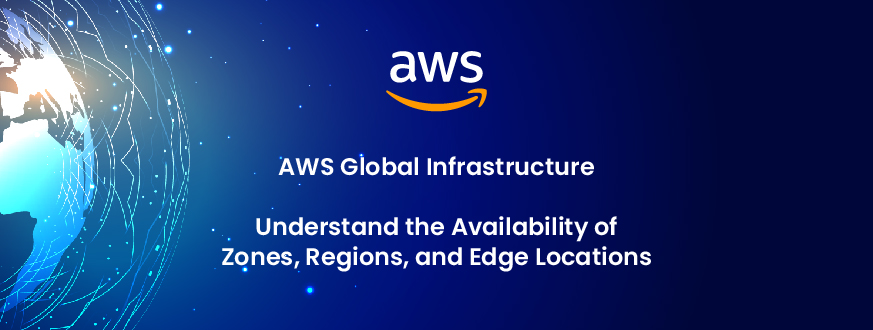In this new era of technologies, it is very easy to connect to other people. Video calling is one of the favorite features nowadays to communicate with the other person without reaching out to them physically. Video Calling gives us the power to make an immediate, personal connection to our family, friends, colleagues, partners and clients.
The demand for conferencing tools has never been greater. As I’m writing this, the world is suffering from COVID 19. Remote communication is of the essence because of social distancing. But after the pandemic is gone, the trend of remote collaboration will become even stronger, as experts say.
With the growing trend of digitalization, most enterprises have transformed their communication methodology from mainstream to digital. In order to keep up with competitors, companies regularly upgrade their services, especially the way they relay information to their customers as well as their employees. Today, seamless real-time networking plays a critical role in engaging with individuals and enterprises, and the best way to implement such a feat is onboarding a Real-Time Chat, Voice & Video Calling SDK/API provider.
That’s why creating an app with the video feature seems like a promising venture. For building one, you’ll most likely need a solid video chat SDK and API (for iOS, Android or websites).
What are SDKs and APIs?
In case some of our readers are not tech-savvy, here’s a very short explainer.
In essence, a SDK (software development kit) is a set of tools that makes building of the apps easier. Imagine your developers wrote their code from scratch for every app feature. It would be extremely time-consuming and tedious! This is where SDKs come in – with tools like libraries (pieces of code), visual editors (e.g. to layout graphical elements), debuggers, and… APIs.
An API is an interface allowing different types of software to communicate with each other and exchange data. Simply put, an API provides a technical infrastructure helping different tools to work together – in our case – for building the video chat feature.
Chat Platform SDK and API Features
There are several features that distinguish a good Chat SDK from a great one. The best Chat SDKs for Android and iOS will have certain features which will set them apart in the market.
- Various conferencing formats
– You can implement one-to-one, group chats or large scale broadcast sessions in your tool. - Screen sharing
– When hopping on a call, users of your app will be able to present their screen, draw on it, etc. - Messaging
– In a video session, your app users will be able to send data and chat messages to each other. - Recording
– Your app can have the built-in recording function. - Voice feature
– Chat sessions can be video and voice, voice-only or mixed.
The reason behind high demand of video call APIs and SDKs:
- Faster software delivery
– The tools dramatically simplify the process of building cross-platform live chats. The robust APIs are easy and quick to implement. As a rule, using them also means you’ll have fewer bugs. - Saving resources (workforce, money)
– With a suitable video call API and SDK, developers can focus on building your app instead of becoming experts in creating specific chat solutions.
How to choose the right Video Chat API (SDK) for your tool?
As for the video chat SDK/API market, there are dozens of solid tools like Twilio and OpenTok. I must admit most of them have very similar functionality. However,
- The capabilities of the platform are probably the first thing to pay attention to. Does the tool support all the features you need? Check out the free trial opportunities of the platform. Video chat API and SDK providers usually give free minutes for you to do preliminary testing and validation.
- Price is another thing to consider, as a tool can be overpriced.
- Finally, the tech support of the platform matters. In case their SDK has some bugs, you’ll have to communicate to the provider, probably, more than just once.”
List of Top Video Chat API and SDK
Zoom:
Zoom is a cloud-based video conferencing service you can use to virtually meet with others – either by video or audio-only or both, all while conducting live chats – and it lets you record those sessions to view later. Over half of Fortune 500 companies reportedly used Zoom in 2019 and during 2020 has hit even greater heights, recently claiming 300 million daily Zoom meeting participants.
It enables you to virtually interact with co-workers when in-person meetings aren’t possible and has been hugely successful for social events, too.
Key Features of Zoom:
- One-on-one meetings
- Group video conferences
- Screen sharing
- Zoom browser extensions
Zoom on your TV - Zoom mobile applications
Twilio:
Twilio is a San Francisco-based developer platform for communication.
Among its products, Twilio offers a Programmable video API for building real-time applications using WebRTC and cloud infrastructure.
Key features of Twilio
- Peer-to-peer communication: for up to 4 participants
- Group Rooms: scales up to 50 participants
- REST orchestration & webhooks: developers can control when a room is created and completed via REST API
- Layout and media control
- Co-browsing and screen sharing
- Recordings: storing is available in the Twilio cloud
- Sidenote: Since we mentioned WebRTC once more in this article, let’s give a short explanation of it. This tool allows you to add real-time communication capabilities to your app that works on top of an open standard. The technology is available on all modern browsers as well as on native clients for all major platforms. The WebRTC project is open-source and supported by Google, Apple, and Microsoft amongst others.
- Twilio’s ‘Programmable video’ pricing starts at $0.004/min per participant for Small Group Rooms (up to 4 participants).
- ‘Peer-to-peer Room’ pricing is based on the number of minutes your participants are connected to a Room. As of March 2020, it’s $0.0015 per participant per minute.
MirrorFly:
A Complete Messaging, Video & Voice Calling Solution.
Mirrorfly is a versatile Messaging, Audio/Video Calling API & SDK Provider for both large-scale as well as small-scale enterprises. Considered to be a prime product in the market, Mirrorfly is highly customizable and compatible with Android, iOS and Web Applications. They have an absolute chat-app solution that provides a design-enriched UI/UX, an intuitive build and a plethora of other features making personalized communication a cake walk. It is embedded with WebRTC that enables HD quality video interaction and a powerful VoIP that gives a dynamic voice experience.
Key features of MirrorFly:
- 100% Customizable Solution
- Data Channel
- Screen Sharing
- Video Conferencing
- Interactive Live Broadcasting
- Push to Talk (walkie Talkie)
- Voip Calling (Data Calling)
- SIP Calling (App to Phone)
Sendbird:
Leading Chat API & Messaging SDK.
Founded in 2013, SendBird has grown exponentially with its full-featured messenger and chat SDK. It has an end-to-end AES256 encryption module for sharing sensitive data along with a user-centric UI/UX design. Other features include an in-built Chatbot for user assistance and a highly intuitive customer support interface, making it one of the best chat APIs for your website. Be it for intra-networking or customer support, SendBird can cater to multiple industries like E-commerce, healthcare, gaming, etc.
Key features of Sendbird:
- Push Notifications
- Typing Indicators
- Send & Receive Structured Media
- Auto-Thumbnail Generation
- Read Receipts
- User-to-User Blocking
- Cross-Platform Sync
- Chat Analytics
Author – Sahil Joshi













Get in Touch